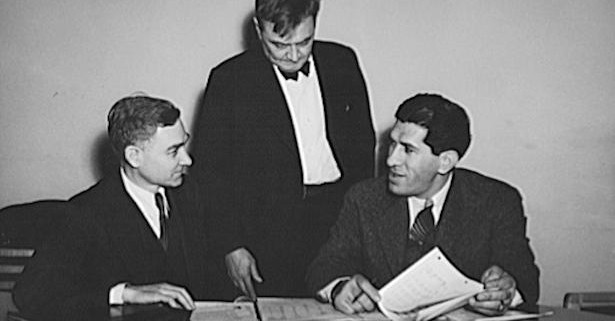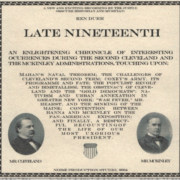Free Markets, National Security, and the Defense Production Act
Even as the United States entered World War II, automakers and other companies hoped for business as usual. It made no economic sense for consumer goods manufacturers, demand-starved through the Great Depression, to stop producing—war or no war. But the conquest of Europe and then Pearl Harbor convinced even the staunchest free marketeers in Congress that there were times when the common good had to override market mechanisms. The results were the first and second War Powers Acts of 1941 and 1942 which gave the Executive Branch the ability to control broad swaths of the economy in the national defense. Among these powers were the ability to fix wages and prices, ration goods, provide loans and antitrust exemptions, and among the most controversial, the right to allocate materials to industries considered a priority. The Best Made Plans, my biography of Robert R. Nathan, the economist at the center of the World War II planning effort, details the resulting struggle between the Executive Branch, industry, and the military over priorities, allocation, and defense production.
Although the War Powers Act lapsed in the postwar years, when the Korean Conflict began, Congress was quick to heed lessons recently learned. The result was the Defense Production Act of 1950. At first its powers were nearly as sweeping as those in place during World War II, but Congress gradually removed the most controversial. Renewed many times since 1950, the Defense Production Act has been used regularly by the Executive Branch to bring resources to bear on projects broadly considered to be in the national defense—which, today as in 1941, are often enterprises that market mechanisms alone deem unworthy of investment. Recently invoked by President Trump to help fight the coronavirus pandemic, the Defense Production Act remains in force at least until 2025.



 Public
Public

